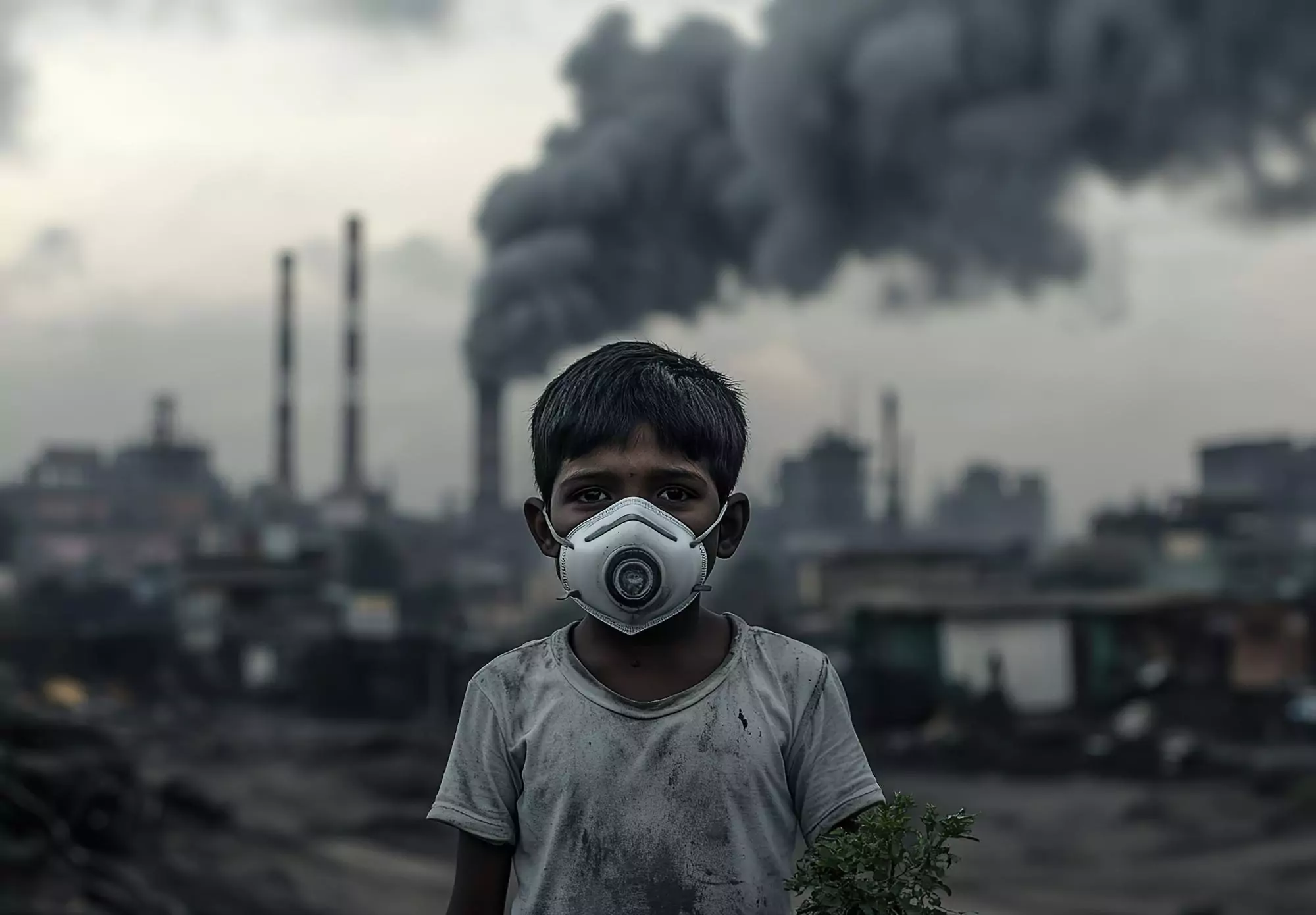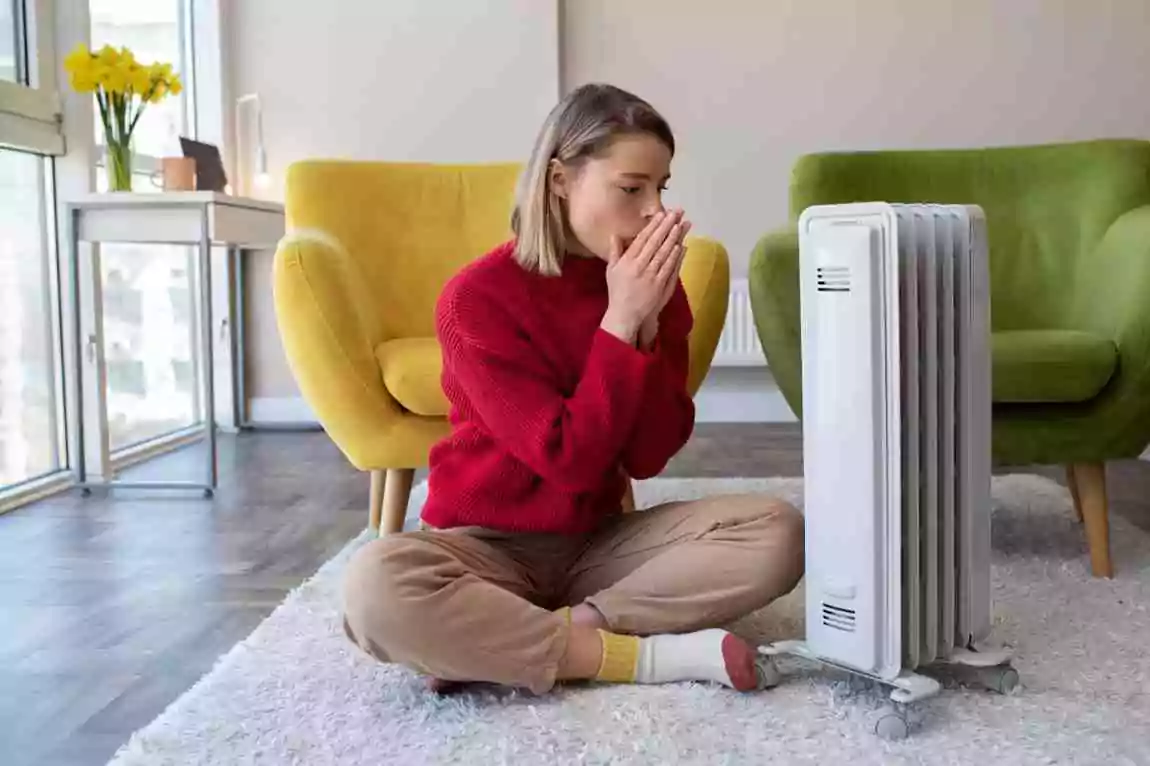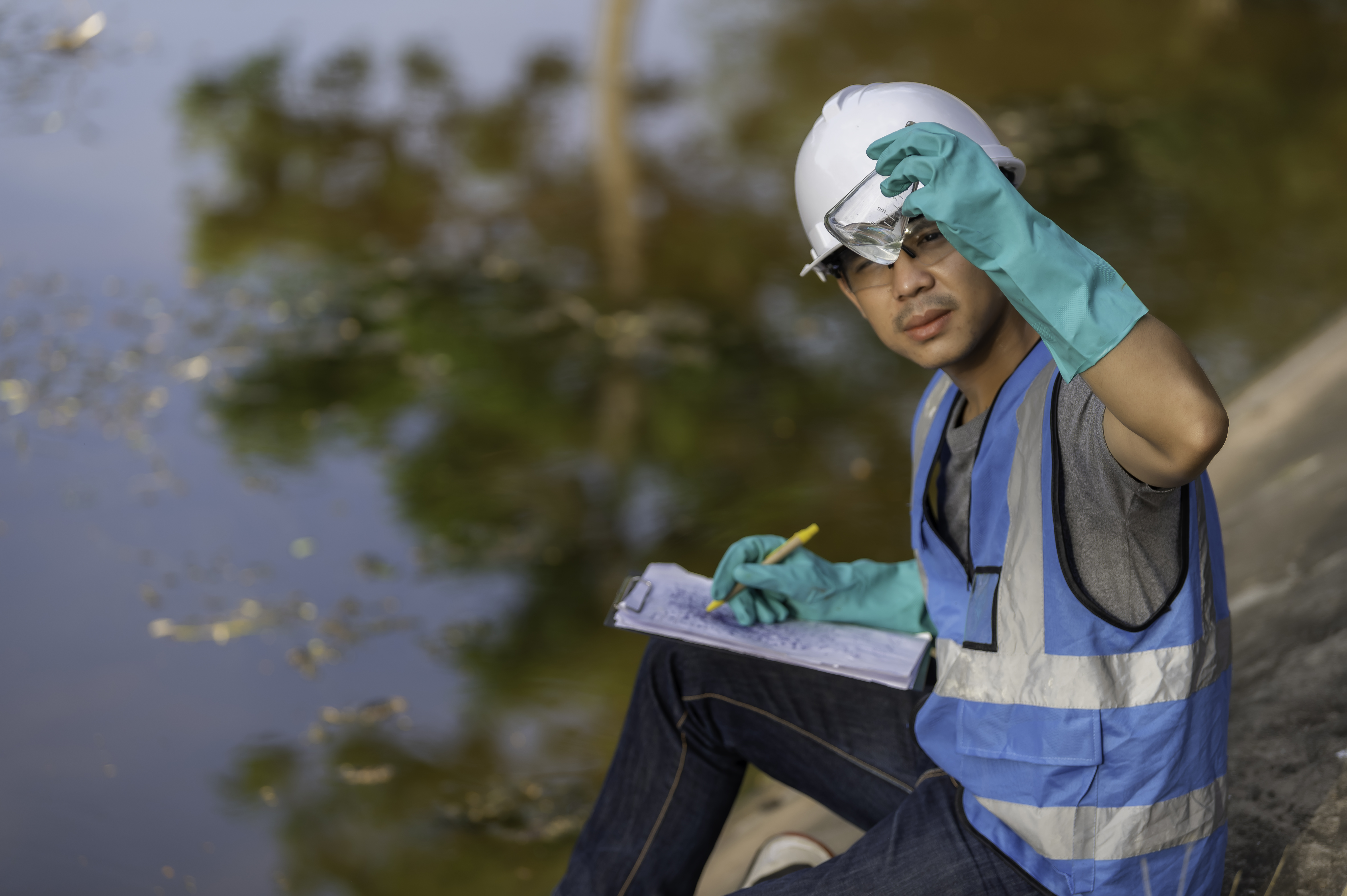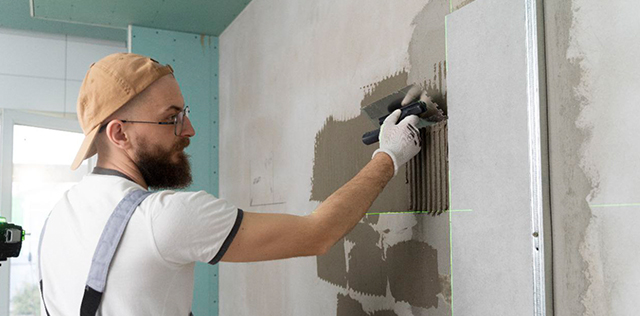Hidden Environmental Threats to Your IT Infrastructure
- 28 May, 2025

You’ve invested in the latest hardware, secure software and robust cybersecurity. But what if the real threat to your IT equipment isn’t digital, but environmental?
From temperature spikes to corrosive gases, physical conditions in your server room or office can lead to unexpected IT failures—costing you thousands in repairs, replacements, and downtime.
In this blog, we explore the top five environmental factors that lead to IT equipment failure and what you can do to detect and prevent them.
Why Environmental Monitoring for IT Equipment Matters
IT equipment is sensitive, not just to usage load but to its surrounding environment. Issues like humidity, dust, and air contaminants may seem minor, but they accelerate wear and tear, cause shorts, or induce corrosion.
For Indian companies and corporate offices relying heavily on IT infrastructure, such downtime can disrupt operations, affect customer trust, and damage brand reputation.
Yet, many still monitor only temperature, overlooking critical threats like humidity, dust, and indoor air contaminants. That’s a costly oversight in an environment where prevention is far cheaper than recovery.
Related: How Poor Indoor Air Quality Leads to Data Center Downtime
Top 5 Environmental Factors Behind IT Failures
- Heat and Inadequate Cooling
- Overheating is the #1 cause of hardware failure.
- Servers and storage devices generate heat, and if not properly cooled, can experience thermal shutdowns or permanent damage.
- High Humidity or Condensation
- Too much humidity can cause condensation on circuit boards, leading to short circuits.
- On the flip side, low humidity increases electrostatic discharge (ESD) risk.
- Airborne Contaminants (Dust, Sulfur, VOCs)
- Indoor air pollutants like dust, sulfur dioxide, and volatile organic compounds corrode delicate components.
- Poor indoor air quality is especially dangerous in cities or near industrial zones.
- Fluctuating Temperatures
- Consistent temperatures are key.
- Frequent shifts (especially in HVAC-challenged spaces) expand and contract components, damaging solder joints.
- Power Surges and Poor Grounding
- Power quality is an often-overlooked factor.
- Surges, voltage drops and bad grounding can destroy drives, fry boards, and corrupt software.
How to Detect and Prevent These Threats
-
Invest in Environmental Monitoring Systems
Use tools like NetBotz, AKCP, or TSI AirAssure to monitor temperature, humidity, and indoor air contaminants. -
Conduct Regular Pollution Checks and Air Testing
Schedule air quality checks in critical IT zones.
Look for gases like SO2, NO2, and particulate matter. -
Improve Ventilation and Filtration
Install HEPA filters and gas-phase filtration to reduce indoor air pollutants.
Ensure consistent air circulation. -
Maintain HVAC and Power Infrastructure
Clean vents, calibrate thermostats, and test UPS systems regularly.
Use surge protectors and ensure all systems are well grounded.
Your 7-Point Prevention Checklist
- Install temperature and humidity monitors.
- Get an indoor air quality test done every 6 months.
- Install HEPA + gas filters in server areas.
- Maintain HVAC systems quarterly.
- Use surge protectors and check grounding.
- Review environmental logs weekly.
- Train staff on the early signs of environmental issues.
Digital threats are visible. Environmental threats are silent but deadly. Don’t let poor indoor conditions sabotage your business continuity.
Get an environmental audit for your IT infrastructure today and make data loss a thing of the past.
Book Your IT Environment Assessment
FAQs
Q1: How often should we test indoor air quality in server rooms?
Every 6 months, or after any HVAC upgrades.
Q2: Can indoor air affect software performance?
Indirectly, yes. Corrosion and hardware failures due to poor IAQ can lead to corrupted files and system crashes.
Q3: What’s the ideal temperature for IT equipment?
Between 18°C and 27°C, with 45%-55% relative humidity.
Q4: Is an HVAC system enough to control IAQ?
Not always. IAQ testing reveals what HVAC systems may miss, such as corrosive gases or high particulate levels.
Related Blogs
The Impact of Climate Change on India's Agriculture and Food Security
- 23 September, 2024












